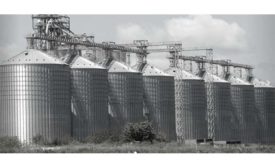Safety & Health Best Practices
A NIOSH Science Blog post
Construction fall fatalities still highest among all industries: What more can we do?
April 11, 2019
From the NIOSH Director's desk:
NIOSH Prevention through Design (PtD) update
April 5, 2019
Become a Leader in Safety Culture
Build your knowledge with ISHN, covering key safety, health and industrial hygiene news, products, and trends.
JOIN TODAYCopyright ©2025. All Rights Reserved BNP Media.
Design, CMS, Hosting & Web Development :: ePublishing









